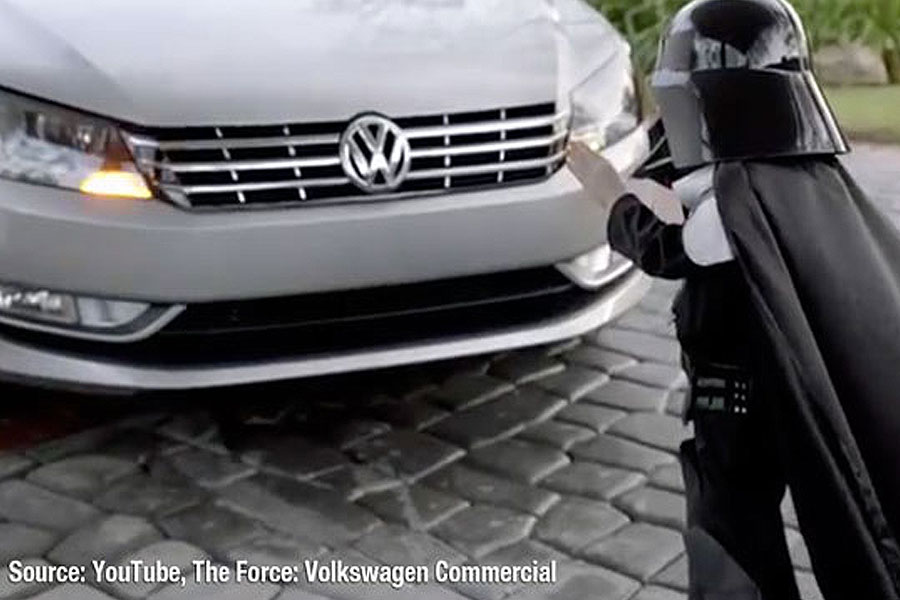For the last few years, marketing agencies have been busily working to produce branded content. Metrics allow us to see how many people are viewing our content and even how long those viewers have lingered. We can also gauge the popularity of content by shares, as we count how many of our viewers pass our content along to their friends.
But it’s a big challenge to produce share-worthy, effective content for a brand. To make share-worthy content, a producer must entertain, engage, and charm. But shouldn’t content also build awareness of a brand or product and, ultimately, motivate consumers?
How do we measure how consumers view a brand after being entertained by clever content? What kind of content contributes most to building brand loyalty? When we tell a story, we certainly don’t want to push our product. But can we be so subtle that the consumer ignores it entirely?
For example, Activia yogurt’s parent company, Danone teamed up with International pop star Shakira to launch a high-energy musical video with dancers, World Cup soccer players and drummers. That video was released in May and the performer and song were spotlighted in the closing ceremonies of the World Cup in Brazil. By the beginning of 2015, it had been viewed on YouTube more than 430 million times and shared on social media more than 5.8 million times. To date, it is the most-shared video ever.
But is it a great brand success story? The word “Activia” appears at the beginning of this branded content and at its end. How many of the video viewers saw the word and recognized it as a yogurt brand? How many shared the video so their friends could see some fun entertainment or support the World Hunger Fund (another notation that flashed briefly on the screen)? How many of those friends associated it with Activia?
The Activia video stands in contrast with the video that it knocked down to second place. That would be the Volkswagen ad, “The Force,” with the little kid as Darth Vader. It had a nearly 4 year reign as the most-shared video with 5.3 million shares.
Like the Activia ad, The Force engaged and delighted audiences. But unlike the Activia piece, The Force had a product (a car) as a central character, and a primary feature of that car (remote start) was showcased. The product was an essential part of the story the video told, and yet the content-producer was careful not to push the product.
Both pieces of branded content were entertaining and engaging. But we think The Force is a better example of sharable, branded content that both engages the consumer and builds awareness of a product.
What do you think?








